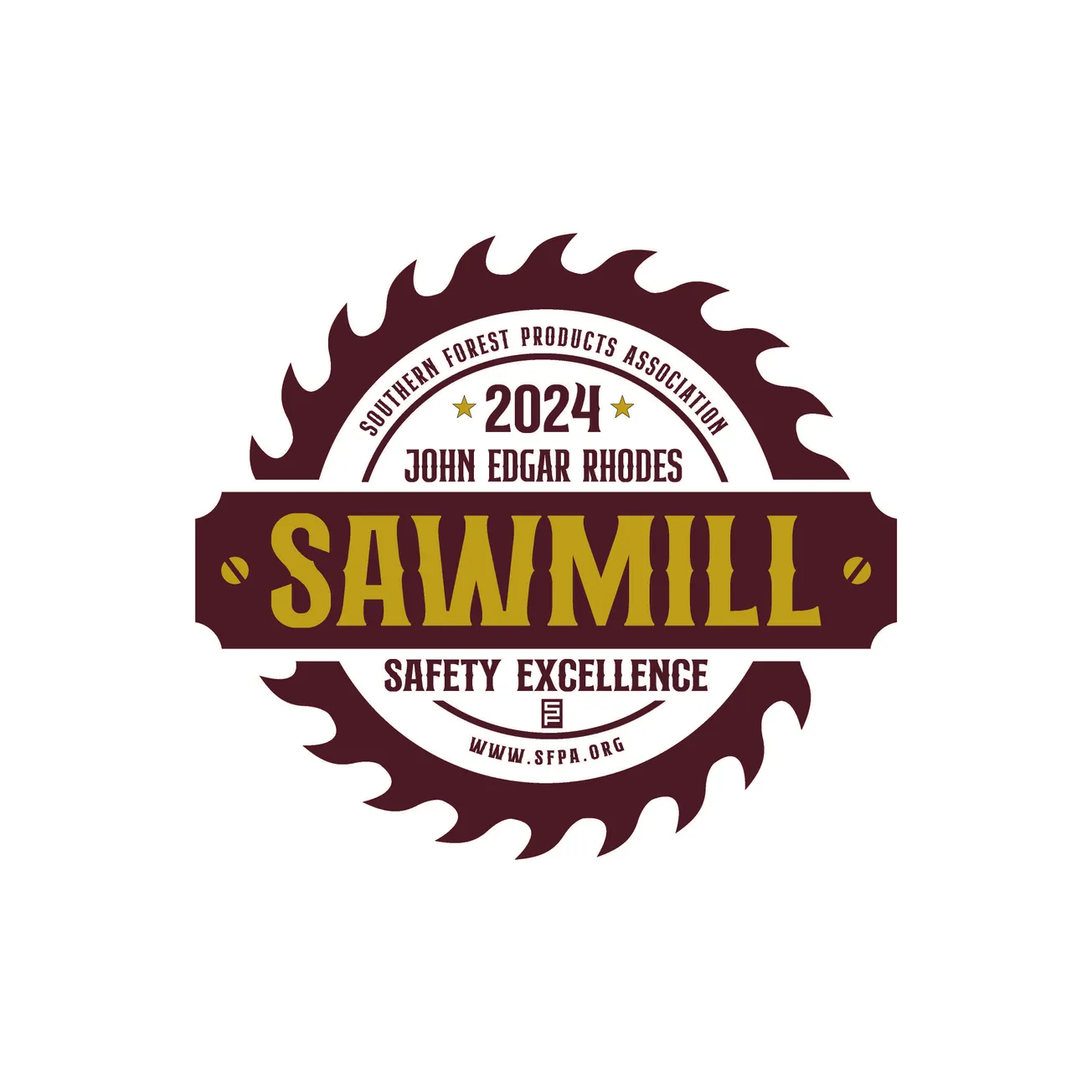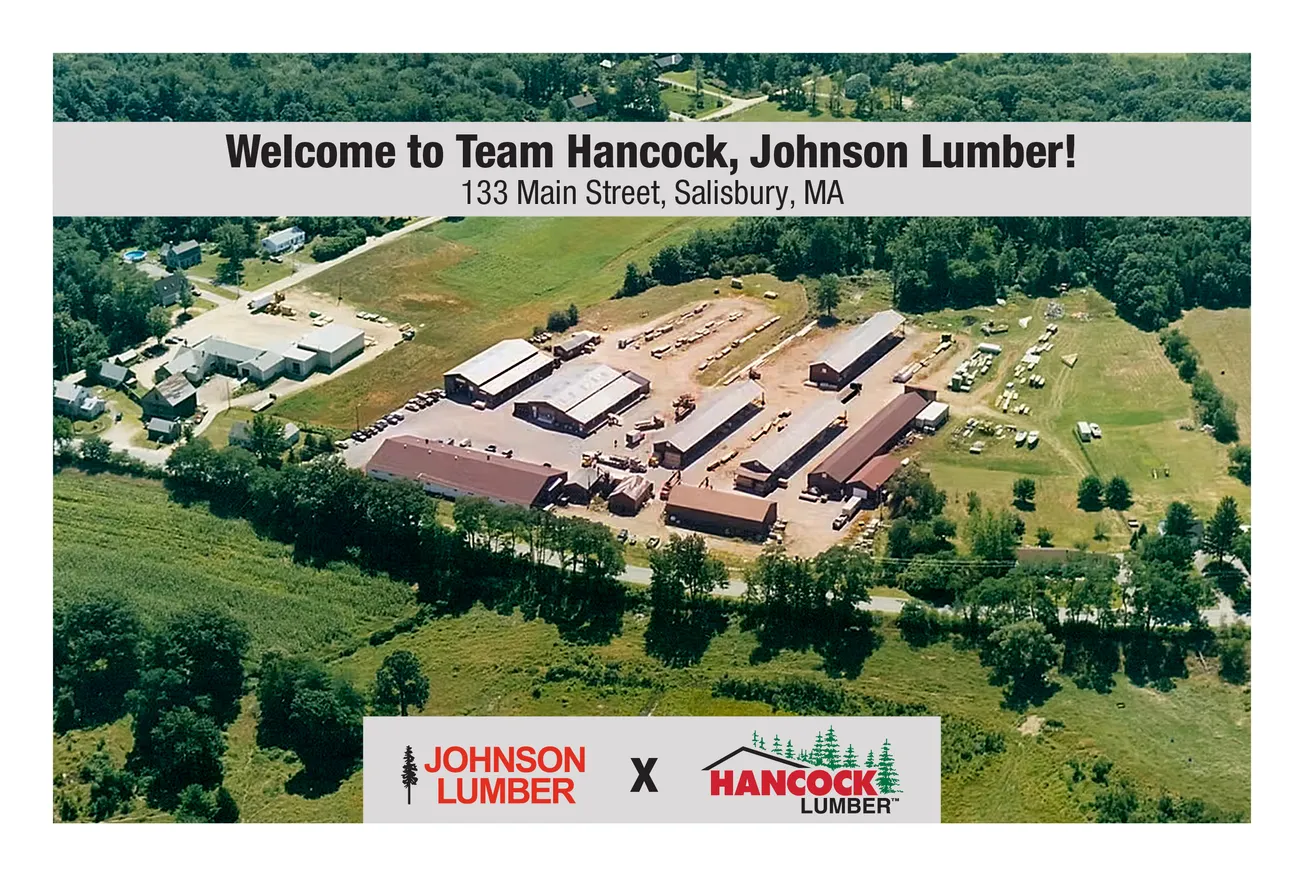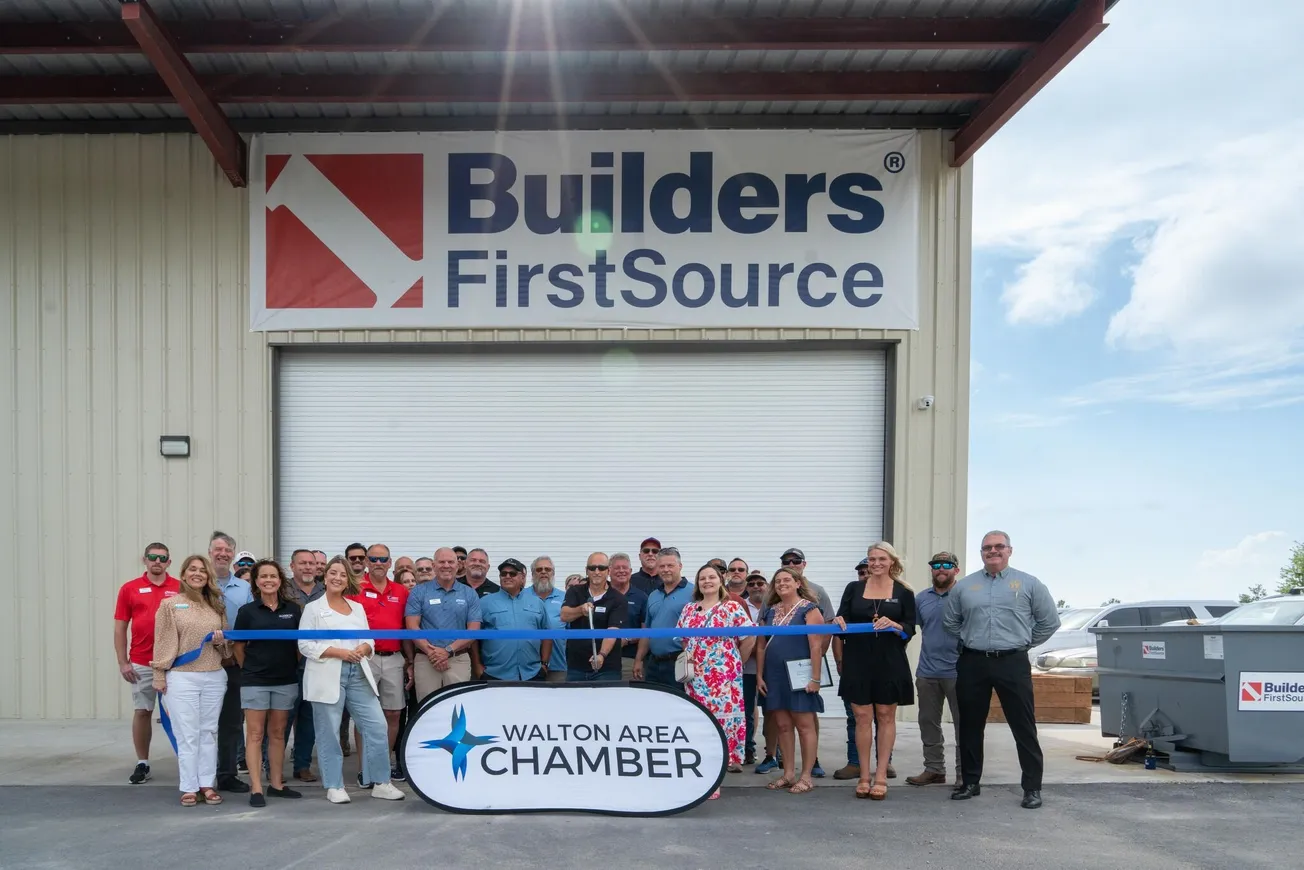Table of Contents
Your workforce is your biggest asset and businesses that aren’t informed of the latest hiring trends risk losing out on top talent to their competitors. As business leaders, it’s important to build your knowledge and stay current of trends affecting our industry, in particularly, recruiting and hiring given that low unemployment and high demand for talent are feeding a recruiting environment where job seekers have higher expectations for their job search.
Fact: Open positions far outweigh the number of available candidates to fill them. Today, it’s a job seeker’s market and they know it. In the current job market, the employer no longer holds the cards. But there are things you can do to improve your close rate on hires and increase your chances of hiring top talent. Companies may need to revamp their recruitment and onboarding processes.
Make it a breeze to apply: It’s a fact that the top two frustrations of job seekers are related to the application process. As a hiring manager, have you ever taken the time to apply to one of your positions yourself to understand what your future employees experience? Is it a good experience or a frustrating one? Ease and quickness of the application process will produce more qualified passive candidates who are busier doing their jobs than looking for one.
- Is your site mobile device friendly? With today’s technology, candidates are searching for jobs on their mobile devices more than ever.
- How long is your online application? Ease and quickness of the application is paramount to your business.
- Does the candidate need to enter endless information in the application after first uploading a resume? This can be the most frustrating part of applying online—many sites don’t allow candidates to move on from the “previous employer” field even if they already uploaded a resume.
Make it a conversation: Once a candidate has applied to your company, the communication has begun—or has it? Over 75% of candidates claim the typical online application process is much like falling into a black hole. They wonder if anyone really sees their application.
This is the experience many of your candidates encounter daily and they are frustrated. Nearly seven out of 10 candidates cite a lack of acknowledgement once their application has been completed. We speak with several candidates throughout the day, many of whom are shocked that a recruiter is calling them back to acknowledge receipt of their resume. In a market where companies are struggling to find talent it is imperative to keep candidates engaged. They need to know their time is valuable and their job search is just as important to you as it is to them.
In this competitive market, candidates feel the need to remain competitive. In fact, over 50% of candidates who have accepted a job offer continue their search while they await the perspective employer’s pre-employment screening results. The length of time it takes the employer to perform a background check can be a huge turn-off for candidates. Over 40% of candidates who have accepted a new position wait less than 10 days to be updated on results of the pre-employment screening process before moving on.
Make it easy: A career change is life-altering for most candidates—they have to provide notice to a current employer where they have been for years, they may be relocating, or be concerned they don’t know where their next paycheck will come from. Timeliness is key—you must be sure that candidates feel at ease throughout the entire process. Ask yourself, how does your company engage with a new hire throughout the process? Additionally, don’t leave a candidate alone with an offer. Schedule a follow-up call to “review the offer” where you will most likely find questions about the offer and some trepidation issues that you can alleviate with a quick chat.
Make it a great onboarding experience: Congratulations, you can finally breathe a sigh of relief because you found the right person for the job. BUT, be cautious! If your onboarding program is simply the traditional one-day orientation process of reviewing benefit options, completing paperwork, and going over policies, procedures and compliance documents, it’s time for you to reassess its value. The days of a quick tour, introduction to the staff, and where the coffee pot and bathrooms are located are gone; put some effort into welcoming your new hire.
Orientation programs have evolved as recruiting has. Onboarding goes beyond traditional orientations. If your company does not already have a successful onboarding program that encompasses not only engaging with HR, but also with hiring managers and their new team, it is time to reassess. If you feel you are losing the people you hire due to a lack of communication or a poor onboarding experience, consider:
- Starting at the interview phase, involve more team members in the interview process.
- Offer a “test day” where the potential new hire can understand how your business operates first hand, leaving them prepared for day one.
- Have a small get-together welcoming the new hire.
- Be sure they are clear on the mission, values and outcomes of their position.
- Make certain everything is fully set up for the new hire before they arrive on day one.
- Share a story, maybe about your first day on the job.
- Host a team lunch, one where you can introduce each member of the team.
Onboarding new hires isn’t difficult—what most companies forget is that the process begins when candidates accept the offer. Your process determines how successful they will be, and how long they will stay at your company. A better experience is the best way to solidify these variables.









